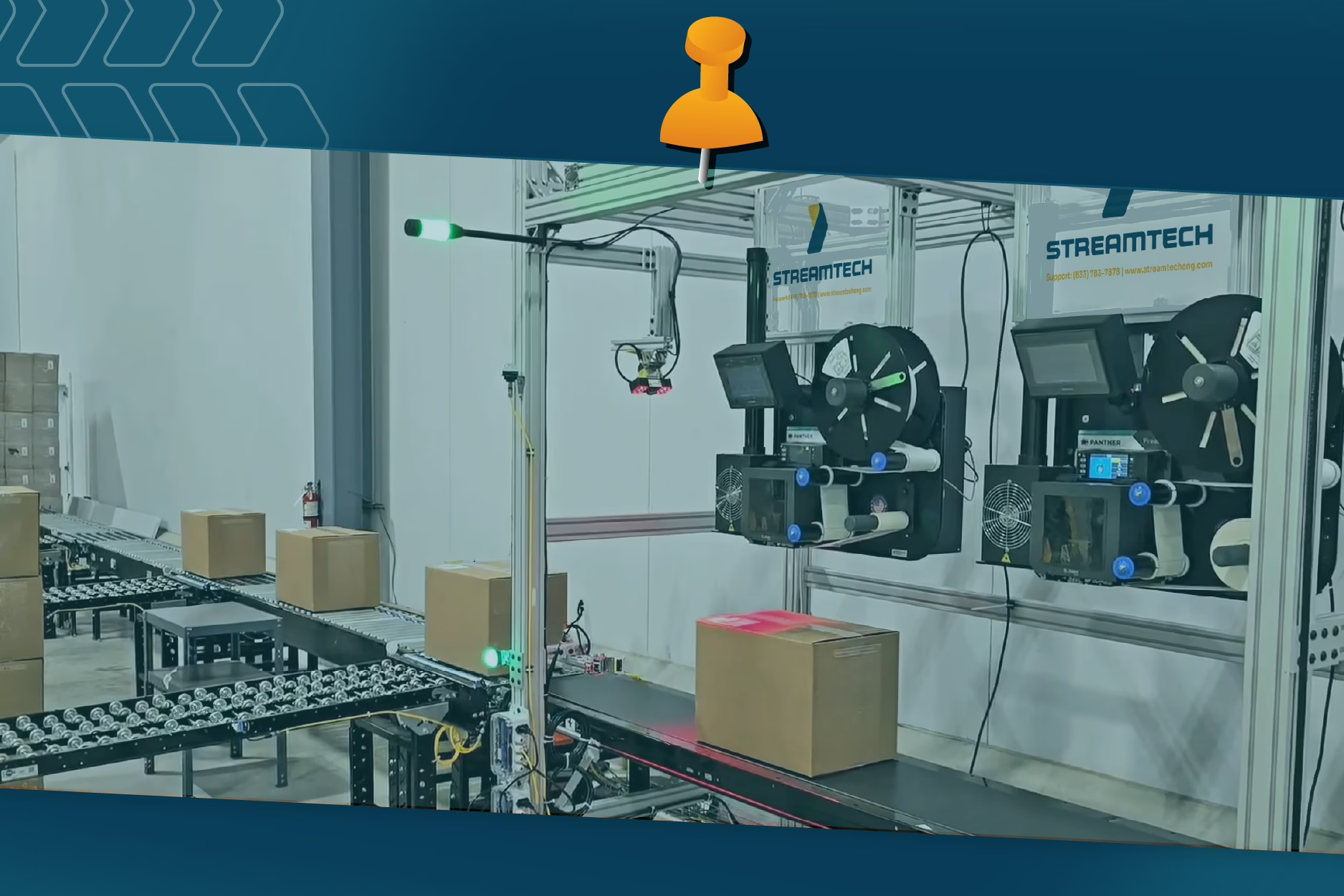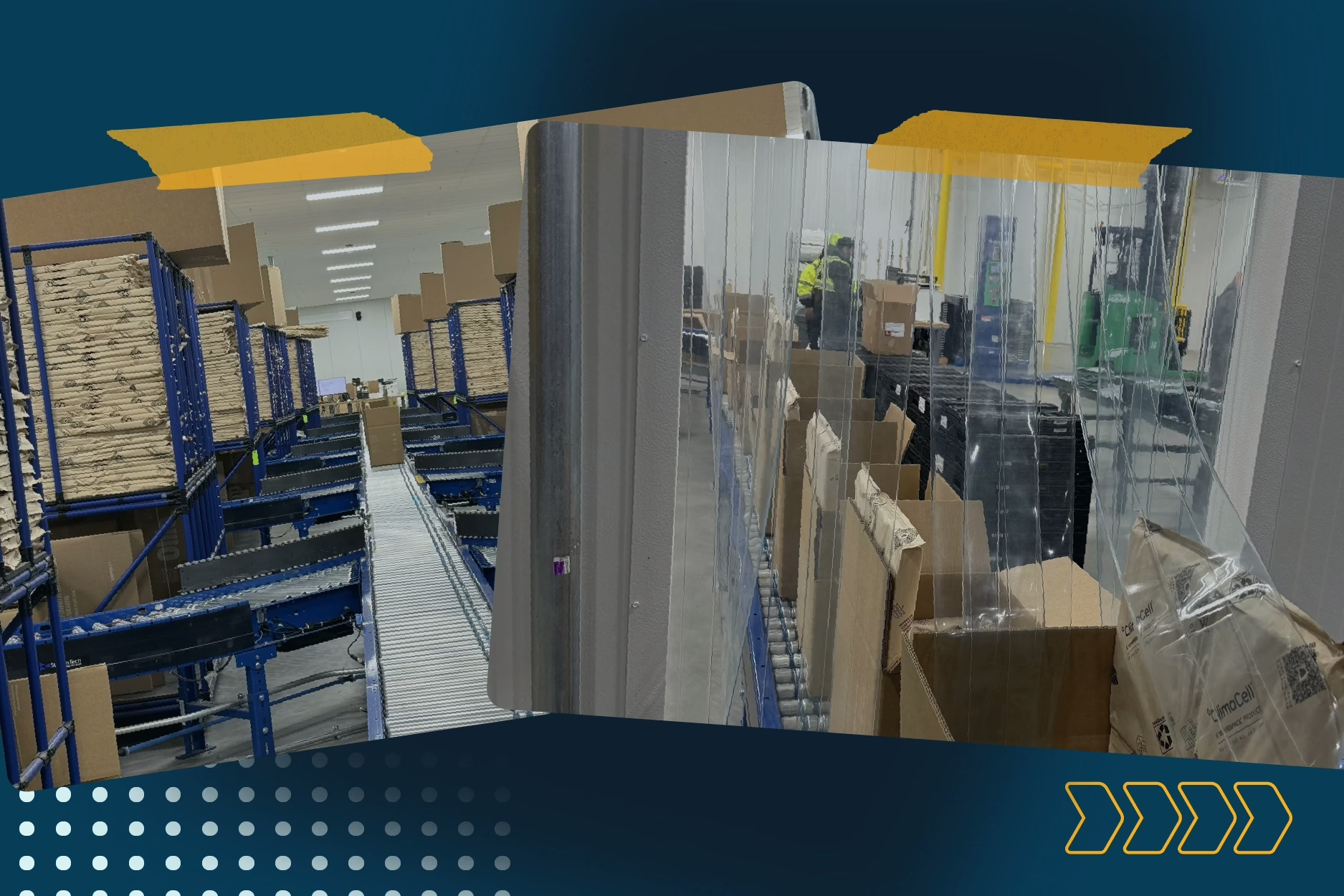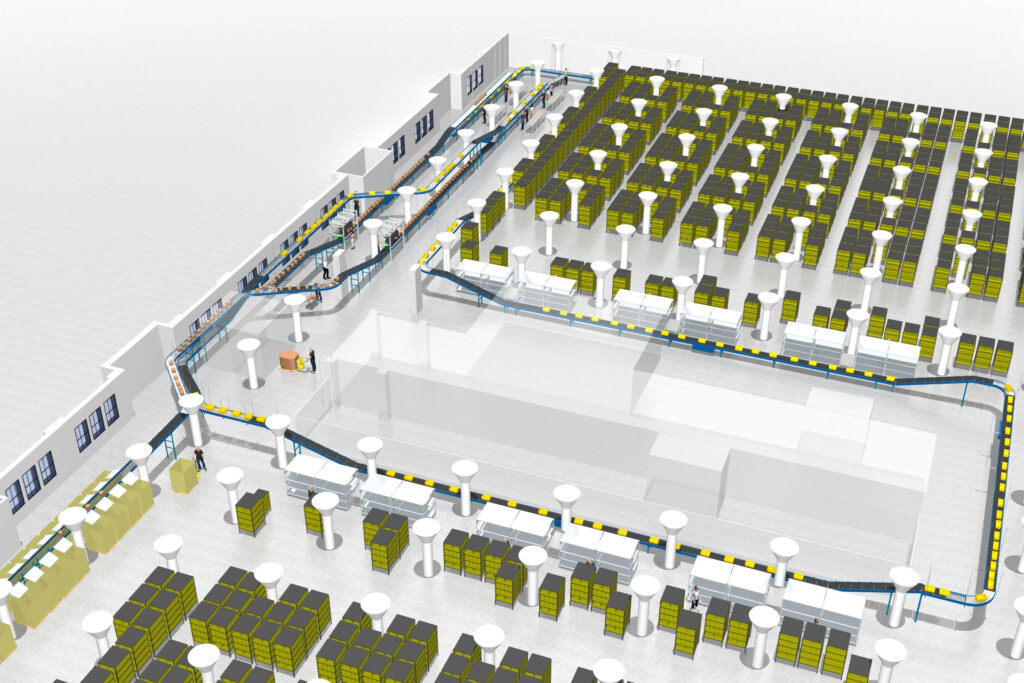Estimated reading time: 8 minutes
Seasonal demand affects numerous industries, presenting both opportunities and challenges for businesses. During peak seasons, ecommerce fulfillment companies experience a surge in sales volume and order processing. With the increasing popularity of online shopping, these periods of peak demand are becoming more frequent and intense. Preparing for peak seasons is critical for ecommerce fulfillment companies to maintain customer satisfaction. If handled effectively, peak seasons are a great opportunity for growth.
What Is Seasonal Demand
Seasonal demand refers to the fluctuating patterns of consumer interest and purchasing behavior that occur throughout the year due to various external factors. These fluctuations often correspond to specific seasons, holidays, or events and can significantly impact businesses across industries.
Understanding seasonal demand is essential for businesses to effectively manage their operations, allocate resources, and capitalize on opportunities for growth. It encompasses both the predictable peaks, such as the holiday shopping season, as well as the less obvious fluctuations influenced by factors like weather, economic cycles, and cultural trends.
By analyzing seasonal demand patterns, businesses can tailor their strategies to meet customer needs, optimize inventory management, and enhance overall performance.
However, seasonal demand also presents challenges, such as managing inventory levels, forecasting accurately, and maintaining consistent service levels during peak periods. Therefore, businesses must adopt a proactive approach to seasonal demand, leveraging insights to maximize revenue potential while mitigating risks associated with fluctuations in consumer behavior.
Not All Peak Seasons Are Created Equal
Peak season is traditionally used to refer to the Fall/Winter holiday shopping months. However, every industry has its own peaks, and they may not line up with the holidays. For example, if you’re a bike parts company, Memorial Day weekend is your version of Black Friday. Or if you specialize in photo prints, you may have seasonality around the school schedule. We’ve highlighted a few key factors that most commonly impact consumer demand throughout the year.
- Seasonal Weather:
- Spring/Summer: gardening, pool accessories, sports, outdoors, BBQ
- Fall/Winter: traditional holiday peak, clothing, hunting, photography
- Holidays: Valentine’s Day, Mothers Day, Fathers Day, Easter, 4th of July, Halloween, Thanksgiving, Christmas
- Economic Influences: tax seasons, back-to-school schedule
- Marketing Campaigns: Prime Day, Black Friday, BOGO, etc.
- Service Level Agreement (SLA): How fast do you need to turn around? Translates to required fulfillment velocity. Some store replenishment might be same-week, allowing you to level out across shifts or days. Direct consumer or smaller store might require a very tight window (mid afternoon for the same day shipping) and higher peak throughput.
Peak Opportunity
All business owners, no matter the industry, will experience shifts in consumer demand. The timing may differ, but they’re inevitable and it is important to plan accordingly. These shifts present challenges, but also great opportunities as well.
Businesses eagerly anticipate peak seasons as they bring about heightened consumer demand, often leading to a surge in sales and revenue. We agree that this is a very exciting time but if you’re not properly prepared, it can create all sorts of problems.
Challenges:
- Managing Increased Workload And Production: Peak demand often puts significant pressure on operational capacity. Businesses need to scale up their production, distribution, and fulfillment processes to meet the surge in customer orders. This can strain resources, lead to potential bottlenecks, and increase the risk of quality control issues.
- Balancing Supply And Demand: Ensuring a balance between supply and demand is crucial during peak periods. Overestimating or underestimating demand can result in either excess inventory or stockouts, negatively impacting profitability. Striking the right balance requires accurate forecasting, agile supply chain management, and efficient inventory control.
- Maintaining Service Levels And Customer Satisfaction: With increased customer demand comes the challenge of maintaining consistent service levels and meeting customer expectations. Long wait times, sortation delays, or compromised customer support can harm the overall customer experience. Businesses must ensure adequate staffing, efficient order fulfillment, and prompt customer communication to uphold customer satisfaction.
Opportunities:
- Revenue Growth And Increased Sales: Peak demand periods provide businesses with the opportunity to generate significant revenue and achieve higher sales volumes. By capitalizing on the increased customer interest and purchasing power, businesses can achieve revenue growth and boost profitability during these periods.
- Cross-Selling And Upselling Opportunities: Peak demand presents an ideal environment for cross-selling and upselling. By understanding customer needs and preferences, businesses can strategically offer complementary products or higher-tier options, increasing the average transaction value and maximizing the revenue potential of each customer interaction.
- Brand Visibility And Customer Acquisition: With heightened market activity during peak periods, businesses have the opportunity to enhance brand visibility and acquire new customers. Effective marketing and promotional campaigns can attract a larger audience, leading to increased brand recognition and market penetration.
- Building Customer Loyalty: Delivering exceptional customer experiences during peak demand periods can foster customer loyalty. Businesses that provide seamless ordering processes, prompt support, and timely deliveries can earn the trust and loyalty of customers, leading to repeat business and long-term customer relationships.
- Data Collection And Insights: The influx of customer transactions during peak demand provides businesses with valuable data and insights. By analyzing customer behavior, preferences, and purchasing patterns, businesses can refine their marketing strategies, optimize product offerings, and make informed decisions for future demand cycles.
Effectively navigating the challenges and capitalizing on the opportunities during peak demand periods requires careful planning, resource allocation, and a customer-centric approach. By addressing challenges proactively and leveraging opportunities, businesses can maximize their success during these critical periods and establish a competitive advantage in the market.
What Can You Do To Prepare For Peak Season?
Analyze the data from the last peak season. How did it go? Reviewing your data will provide valuable insight into areas that need improvement. Data you may want to evaluate, such as sales volume, shipping times, and customer feedback will help you identify bottlenecks or pain points in your operations.
Streamline Warehouse Operations (Pick, Pack, Ship, Sortation Processes)
Warehouse operations are critical to the success of eCommerce fulfillment companies. To prepare for peak seasons, companies should optimize their warehouse layout to ensure efficient movement of goods, improve inventory management to prevent stockouts or overstocking, and enhance picking and packing processes to increase order processing speed and accuracy. Do you have duplicate manual pack stations, all replete with their own individual kit of taper, void, printer, scale and PC? This represents a huge opportunity to streamline.
Shipping and delivery are crucial components of the ecommerce fulfillment process. Ecommerce fulfillment companies should evaluate their outbound shipping processes to make sure they are operating in the most efficient manner. Capturing weights and dimensions is critical to ensuring you are not overpaying for shipments. Automated SLAM systems such as StreamTech’s Sprinter™ can handle this for you.
Part of the SLAM system’s benefit is not just that it saves labor but that it can dramatically increase your speed, enabling you to hit these peaks. Also, unlike temporary employees and/or manual processes – the automation is just as accurate at peak speed as it is during a slower season.
Enhance Customer Service
During peak seasons, ecommerce fulfillment companies can rearrange staffing to handle the influx of customer inquiries. Providing customer support channels such as live chat, email, and phone can help address customer concerns promptly. Offering returns and exchanges can also improve customer satisfaction and prevent negative reviews.
Utilize Digital Technology
Implementing order management systems can help ecommerce fulfillment companies manage their orders and inventory more efficiently. Leveraging data analytics can provide insights into customer behavior, sales trends, and inventory levels. Software automation tools can also be utilized to reduce manual labor and increase efficiency during peak seasons:
- Warehouse Management System (WMS): optimize warehouse operations by managing inventory, organizing storage locations, and tracking the movement of goods within the warehouse.
- Transportation Management System (TMS): enables businesses to compare shipping rates and services from multiple carriers, choose the best option for each shipment, and generate shipping labels and documentation for all carriers in one platform.
Peak Preparedness Design Process:
We see a lot of good practice from our customers in working through the following design process, where we work together to define the customer’s goals, future targets, and processes to implement a system that is ready for their peak season:
- Define Daily Goal: Define your peak time period throughput based on your company’s value proposition (e.g. Order by 12PM, must ship same day)
- Design for Future State: Target your planning horizon using year-over-year growth. “Rule of 72” — double in 72 divided by growth per time period (e.g. 12% growth – double in 6 years)
- Peak Order Flow: Design your peak-period processes. Consider accuracy, packaging, labor, speed, redundancy. A process that may work well during off-peak may need to be re-evaluated when there is a much larger influx of orders.
- Define Future System Expansion: Where possible, back-out or defer future capability from the design that can be easily added later at a low cost.
- Implement/Install: Plan the implementation during a slower period. Expect efficiencies to initially decline. Freeze system and process changes approaching the peak period.
- Peak: Work your peak plan and celebrate your success when it’s over.
6a: Take notes and implement lessons learned for your next peak!
Conclusion
Successfully navigating the peaks and valleys of seasonal demand is crucial for businesses to maintain profitability and customer satisfaction year-round. By understanding the factors driving seasonal fluctuations and blending operations and technology, businesses can capture revenue and customer goodwill opportunities during peak periods.




